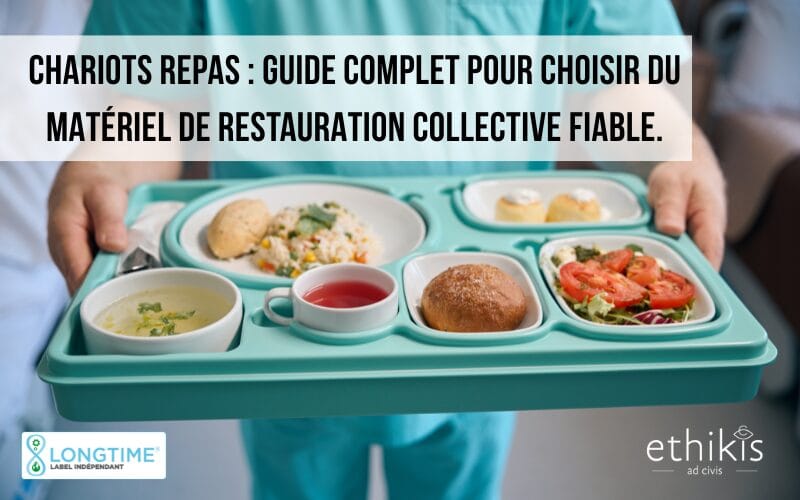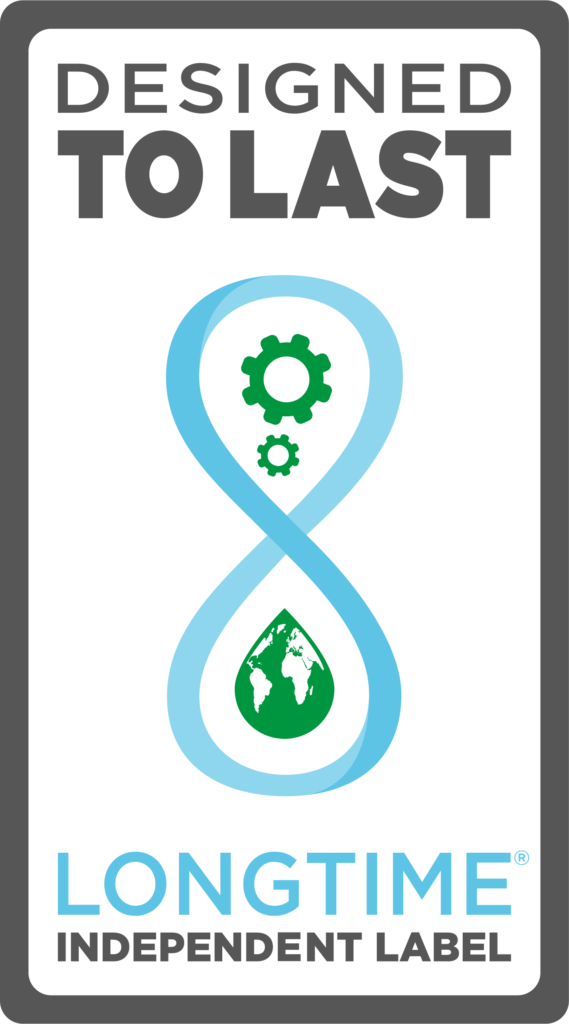Meal distribution trolley Guide

Meal trolleys: A complete guide to choosing reliable catering equipment.
Meal trolleys are a virtually indispensable piece of equipment in the catering industry.
They are put to the test and are the last link in the meal delivery chain. Use this guide to find out how to choose the perfect equipment for your business.
What is a meal trolley and why is it essential for local authorities?
A meal distribution trolley is a piece of equipment used to transport, store and distribute meals in collective environments such as hospitals, nursing homes and canteens. This equipment is crucial, as it enables the food to be maintained at an ideal temperature, both hot and cold, and thus preserves its quality under optimum food safety conditions right through to distribution.
A well-designed trolley must also be easy and ergonomic for catering staff to handle.
Where should it be used (hospitals, nursing homes, catering)?
Meal trolleys are used in a variety of professional sectors:
- Hospitals: for the distribution of meals to patients while complying with nutritional and health requirements.
- EHPAD: for residents' meals, often with specific needs in terms of texture and temperature.
- Mass catering: in hotels, school canteens, companies or public establishments to manage large quantities of meals efficiently.
What are the different types of meal trolley?
Distribution trolleys vary according to the specific needs of each establishment. There are several types, each adapted to different uses.
Isothermal trolleys (cold/warm)
Isothermal trolleys are designed to maintain the temperature of food, whether hot or cold. These trolleys are particularly important for meals requiring a specific temperature, to ensure their safety and quality right through to distribution. These models can be equipped with independent compartments for different types of containers and food. They are ideal for self-service and catering applications.
Distribution trolleys with trays
Tray trolleys for direct, organised distribution meals. This type of trolley is ideal for establishments where each meal is served on an individual tray. They offer a dedicated space for each element of the meal (starter, main course, dessert), and are often used in school canteens or hospitals. They can also be stackable, for maximum storage space.
Distribution trolleys with rethermalization
This type of trolley can be used to reheat meals for delivery.
Motorised or manual trucks
Manual trolleys are the classic solution, suitable for establishments with few movements or small spaces. However, for larger environments, such as hospitals or large nursing homes, manual trolleys are the ideal solution. Motorised can be an interesting solution for transporting meals over long distances. These models are generally more ergonomic and time-saving.
Specificities according to use: care, self-care, central kitchen
Trolleys can be customised to suit specific applications:
- Care: trolleys designed to distribute meals adapted to special diets, generally with individual compartments and optimum temperature maintenance.
- Self-service: for environments where meals are taken in self-service, with options for large-capacity trays and rapid distribution.
- Central kitchens: often used for large-scale distribution, these trolleys must be able to hold a large quantity of meals and be easy to clean.
How do you choose a meal trolley to suit your needs?
When choosing a meal trolley, you need to take into account a number of essential criteria to meet your specific needs.
Essential criteria (capacity, material, handling, size)
Here are the main criteria to consider when choosing a meal trolley:
- Capacity: depending on the number of meals to be distributed.
- Material: choose materials such as stainless steel, which is hard-wearing, easy to clean and hygienic.
- Ease of handling: choose models with swivel wheels and an ergonomic handle for easy transport.
- Space: make sure the trolley is adapted to the available workspace, is compact or offers modular storage.
Adapt the trolley to the volume of meals to be distributed
Depending on the volume of meals to be distributed, you will need to choose a trolley of the appropriate size. For large central kitchens or hospitals, a trolley larger may be required to manage large quantities. For small structures, a compact and versatile will be more appropriate.
The logistical constraints to be taken into account (space, frequency of use)
It is important to take into account the space available for the trolleys and how often they are used.. If space is limited, trolleys should be foldable or stackable, while frequent use requires a robust, ergonomic trolley.
Practical tips for the maintenance and durability of meal trolleys
The maintenance of trolleys is crucial to ensure their longevity and maintain a high level of hygiene.
Daily cleaning: products to use and mistakes to avoid
Daily cleaning is essential to prevent the build-up of dirt and bacteria. Use products mild detergents adapted to the materials of your trolley. Avoid using products abrasives that could damage the surface.
Weekly/monthly maintenance: check wheels, doors, seals, etc.
Full details should be inspected regularly, especially wheels, doors and seals. Check that wheels pivot correctly and that there are no leaks heat or cold. These checks will prevent costly breakdowns.
How to extend the life of your equipment
To prolong the life of your trolleys, make sure they are properly stored and repaired quickly. any damage. Regular preventive maintenance is essential to ensure the durability of the equipment.
Standards and regulations to be aware of for distribution trolleys
Food hygiene standards (HACCP, ISO 22000)
These standards guarantee safe food handling.
Safety and ergonomics: obligations for establishments
Trucks must comply with ergonomic and safety rules to avoid musculoskeletal disorders (MSDs).
Documentation and traceability: what should be kept?
- Maintenance register.
- Certificates of conformity.
- Audit reports and maintenance certificates.
FAQ
What types of trolleys are most commonly used in healthcare establishments?
In healthcare establishments, insulated trolleys and trolleys with trays are the most common. The former ensure food safety by maintaining the temperature of meals, while the latter are suitable for the rapid and orderly distribution of individual trays, essential in hospitals and clinics.
How do I know if my trolley complies with hygiene standards?
To ensure that your trolley meets hygiene standards, check that it complies with HACCP regulations and that it is made from easy-to-clean materials (such as stainless steel). It must also have certifications and official compliance documents.
Can a meal trolley be customised?
Yes, many companies offer customisation options to adapt the trolleys to the specific needs of your establishment. This can include adding separators for specific meals, markings for easy identification and ergonomic modifications to improve accessibility.
What budget should you set aside for a reliable meal trolley?
Meal distribution trolleys vary considerably in terms of materials, features and specifications. On average, the cost can range from 500 to 3000 euros for a high-quality model. It is important to take into account both the initial investment and long-term sustainability when making a choice.
Conclusion: Better equipment for better distribution
The right choice of meal trolley is crucial to ensuring efficient, hygienic meal distribution tailored to the needs of different establishments. By choosing quality trolleys, complying with hygiene standards and taking good care of your equipment, you can help to provide an optimum service for your patients, residents and staff.
Investing in suitable trolleys is one way of ensuring efficient and safe distribution, and thus prolonging the life of your business. of your equipment while improving quality of service. Remember to integrate these criteria into your purchasing process to make the right choice.
Take a look at our product directory and you're sure to find what you're looking for!

